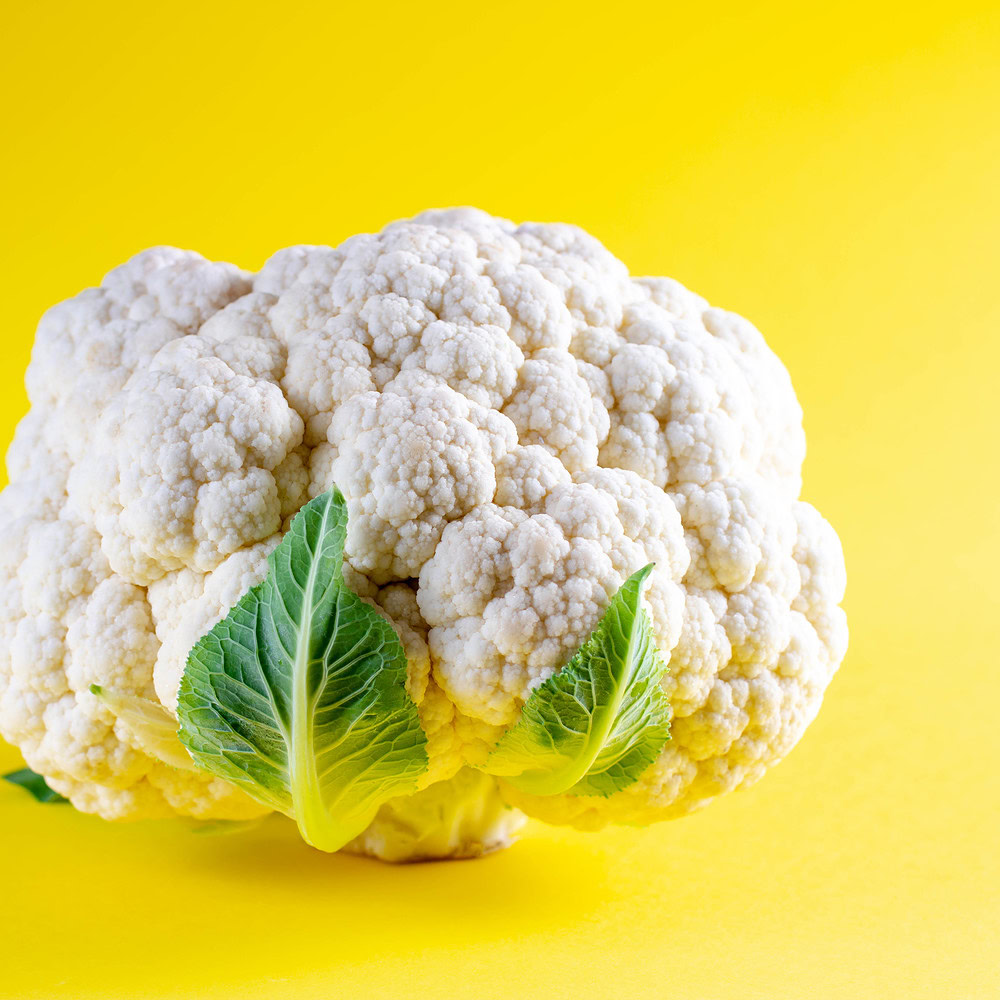Cauliflower can be so much more than a bland, soggy side dish — but it must be cooked right.
Cauliflower is in season for much of the year, which makes it a regular feature on many British menus. But it’s not everyone’s vegetable of choice.
For some, cauliflower is a bland, mushy side dish and nothing more; yet for others, it’s a versatile ingredient that adds texture and flavour to a variety of dishes.
Like many members of the Brassica family — which also includes broccoli, cabbage, kale and Brussels sprouts — the final product depends on how it has been prepared.
Boiling cauliflower to within an inch of its life will undoubtedly ruin this cruciferous vegetable’s appeal — and destroy some of the valuable nutrients in the process.
But, as many cauliflower-lovers will attest, there are far tastier ways to eat it.
How to prepare cauliflower
Cauliflower ‘rice’ has become a popular low-carb alternative to rice — to prepare, simply wash the head of the cauliflower, pat dry, process into rice-sized pieces using a food processor or the small holes on a box grater, and squeeze out any excess water.
The ‘rice’ can be gently fried and used in place of the real stuff, or eaten raw on salads.
Make a warm, comforting mash by steaming cauliflower florets for 10 minutes until soft and then mashing or blending in a food processor; mix in finely chopped, fried garlic and onions, or some cream cheese or Parmesan.
For a Japanese-inspired flavour, slice into ‘steaks’ and bake in the oven drizzled with a miso, honey, sesame oil, and soy sauce dressing, or chop into pieces and fry with soy sauce, rice vinegar, a little brown sugar, fresh ginger and garlic.
When preparing your cauliflower, don’t throw out the leaves — they’re edible, too.
Whilst the white florets may be the main attraction, the green leaves can be used in soups, stir-fries, and stews to add flavour and nutrients, and to prevent waste.
They can even be baked in the oven for 20-30 minutes with a dash of olive oil and a little salt.

There are plenty of ways to season a cauliflower steak.
Cauliflower nutrition
The humble white cauliflower (there are more colourful varieties) may appear pale and unassuming, but it’s actually very nutritious, providing fibre, vitamins C, K and B6, folate, protein, and beneficial phytochemicals (plant compounds), amongst other things.
Eight florets will also count towards your five-a-day — or 30-a-week if that’s the preferred goal.
What makes for a good cauliflower?
When selecting a cauliflower, go for one with healthy, green leaves — if they’re in good condition, chances are the florets are too.
An undamaged head should keep for over a week in the fridge, loosely wrapped.
If any brown bits appear, trim them off; but try to use it as soon as possible — once you’ve decided if it’s destined for a cauliflower pizza crust, a spicy winter soup, or a good old cauliflower cheese!
Enjoyed this article?
Here’s why vegetable mash can make a great alternative to mashed potatoes
For articles and recipes subscribe to the Optimum Nutrition newsletter
Discover our courses in nutrition






